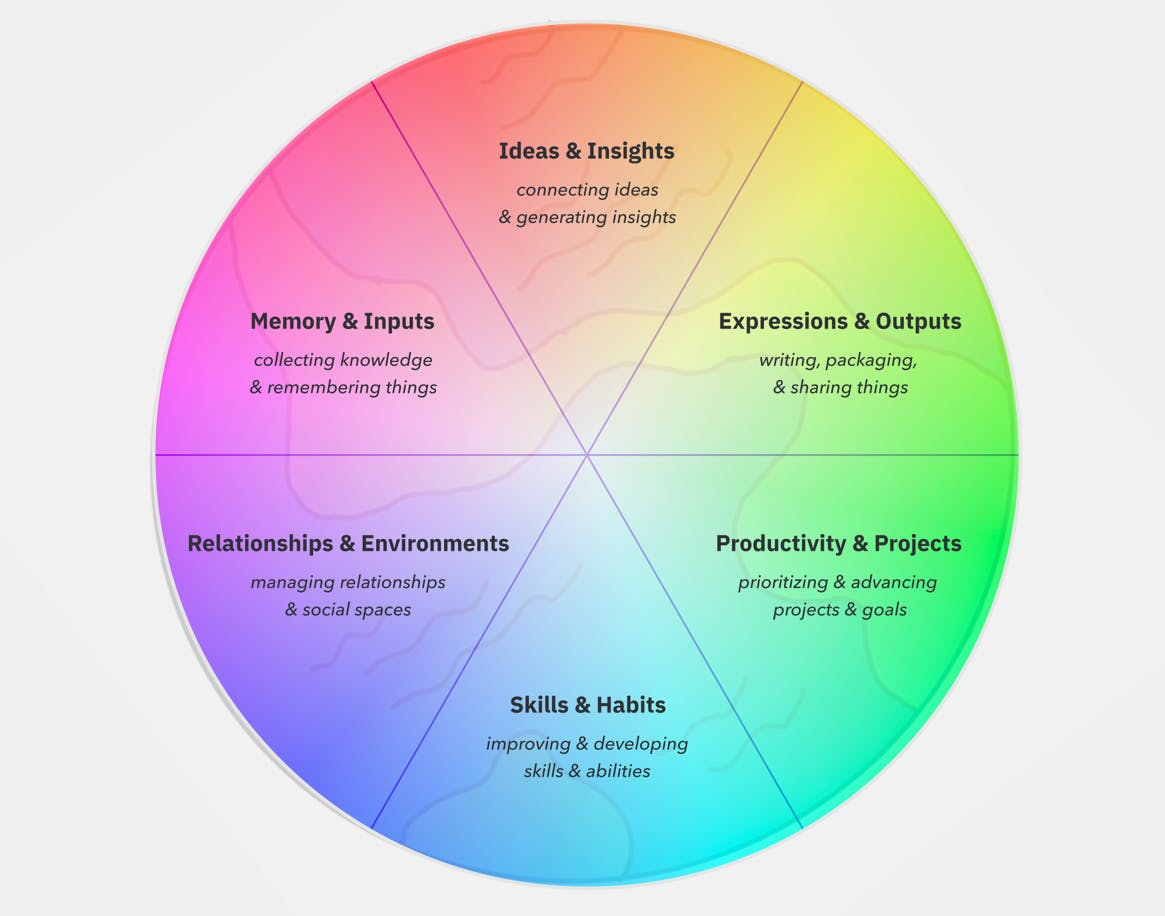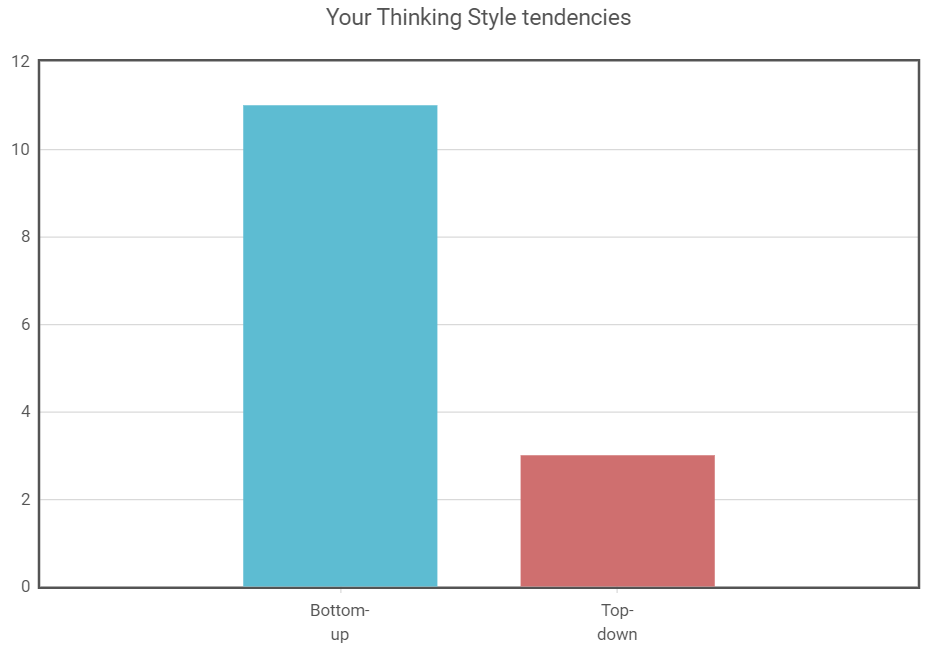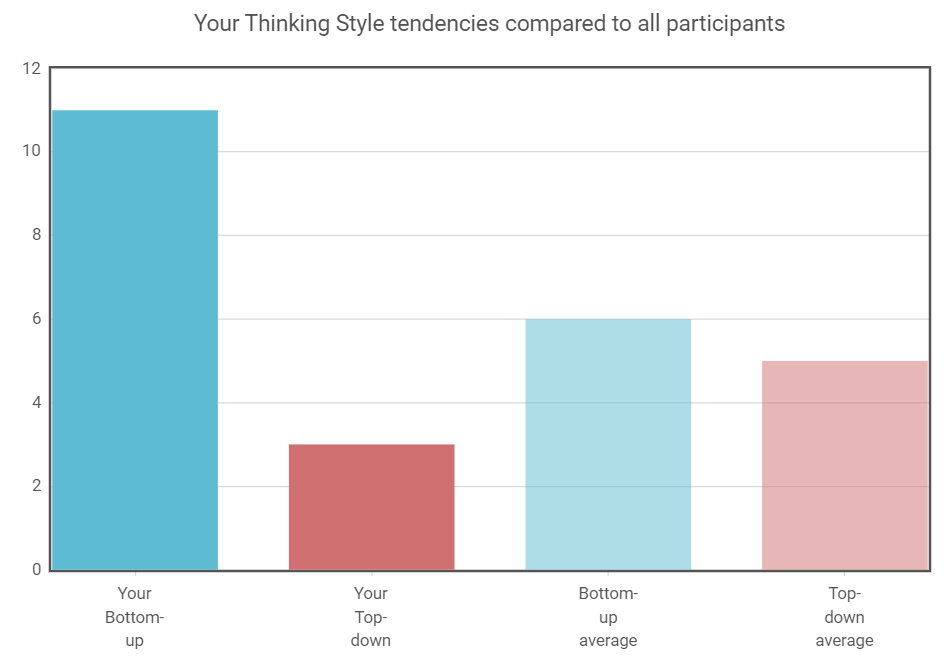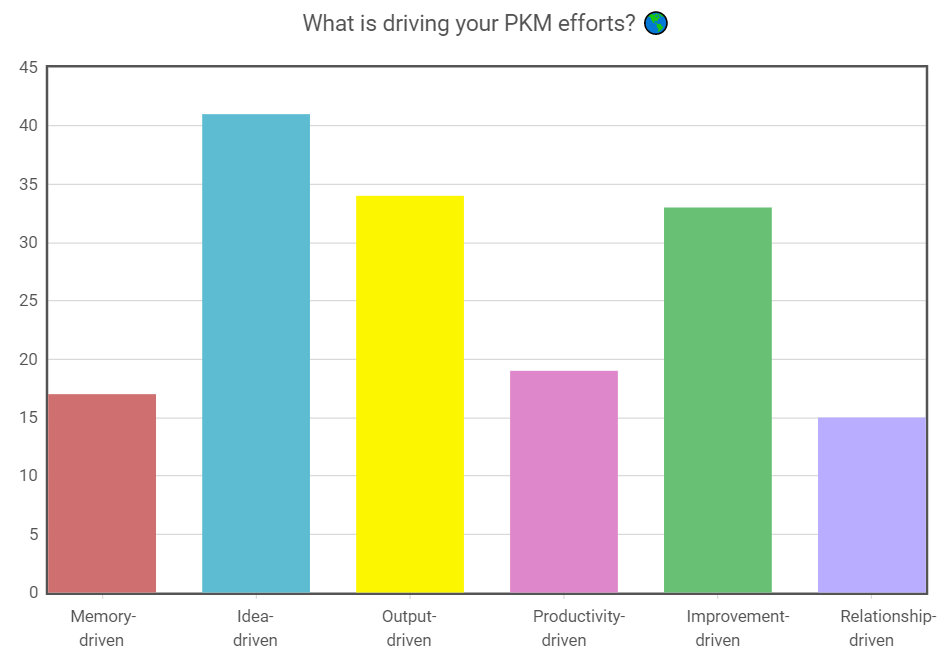LYT 10 - Sensemaking 1
# Encounter to Expression
- Walk around -> encounter -> spark -> develop insights further
- Practice + theory
- Do not go online
# Exercise
# Prompts
- This reminds me of…
- This is interesting to me…
- It’s important because…
- It’s good because…
- It’s bad because…
Cards/ACE Thought-Weaving Framework
- A - Hmm…
- C - That reminds me…
- E - Because…
# Concept 1
Mountain Top Water Drop Video Mountain Top Water Drop
That’s me, that’s you. Drops of water. And you’re on top of the mountain of success. But one day you start sliding down the mountain and you think, “wait a minute. I’m a mountaintop water drop. I don’t belong in this valley, in this river, This low, dark ocean with all these drops of water.” Yeah?. And you feel confused. Then one day it gets hot And you slowly evaporate in the air. Way up… higher than any mountaintop, All the way to the heavens. Then you understand that it was at your lowest that you were closest to God. Because life’s a journey that goes around and around And the end is closest to the beginning. So it’s change you need, Relish the journey. Be a drop of running water.
Obey those invisible pulls on your soul… Gravity, evaporation, love, Creativity. It’s… in the darkest moments Is when the cracks allow The inner light to come out. But the spotlights… Don’t let you see the inner light.
- Mountain Top Water Drop reminds me of…philosophy? Definitely feels like David Foster Wallace life advice
- This is interessting to me because…I like the way Lessons can be communicated through short narratives
- This is good because…it reminds me of a lesson I dearly need – go with the flow.
- This is bad because…I struggle to absorb this in my daily life
# Concept 2
Kintsugi ( 金継ぎ, “golden joinery”), also known as kintsukuroi ( 金繕い, “golden repair”), [1] is the Japanese art of repairing broken pottery by mending the areas of breakage with lacquer dusted or mixed with powdered gold, silver, or platinum; the method is similar to the maki-e technique. [2] [3] [4] As a philosophy, it treats breakage and repair as part of the history of an object, rather than something to disguise.
- Kintsugi reminds me of…
- Japanese design… as seen in Kenya Hara’s books
- E.G. Designing Design, Ex-formation
- It’s good because…it treats our flaws as integral instead of unnecessary. Progress over perfectionism.
- Related to Discerning Life Questions lecture
- It’s bad because…it encourages us to try to fix what can’t be fixed
# Sensemaking Takeaways
- Have an opinion
- Sharing an opinion forces active thinking
- Make an argument
- It doesn’t matter if you believe it or not
- Making an argument forces you to figure out what you actually think
# PKM Planet

- A holistic model
- Asks: Where am I spending my time? And how?
- Thinking Styles: How does your approach to thinking affect your outcomes?
- Bottom-up: Gardener
- Top-down: Architect
- Thinking Drivers: How do your drivers affect your pursuit of knowledge?
- Memory
- Ideas
- Output
- Thinking Patterns: What are your tendencies? And what pitfalls should you be aware of?
- Collection Index: used to analyze how driven you are by collecting new information.
- Ideation Index: used to analyze how driven you are by working with ideas.
- Churn Index: used to analyze how driven you are solely by outputting rapidly.
- Production Index: used to analyze how outcome and goal-driven you are.
- Emergence Index: analyzes how your natural thinking style (top-down or bottom-up) merges with your thinking drivers.
# My Answers
- Thinking Patterns
- Collection Index: -22
- You are in safer place. It is far too easy to be an over-collector, so your low score suggests you are able to avoid most of the pitfalls around collecting too much information. Just make sure you don’t totally close yourself off from diverse and competing viewpoints.
- Ideation Index: 42
- A high score in the Ideation Index suggests that, for you, thinking is inherently joyful—not just a means to an end. Prioritizing ideas and thinking makes it easier to maintain a healthy and sustainable relationship to Knowledge. Just be careful of getting so lost in your castle of thoughts in the sky that you become fragile in the physical world.
- Churn Index: -8
- You are not at risk for skipping sense-making for the sake of money-making. But pay attention to your Production Index. If you score low there, you’ll want to be aware of a potential pitfall. (Those results are next.)
- Production Index: 0
- Scoring in the middle of the Production Index suggests that you are naturally able to balance your desire to learn just for the sake of learning with your desire for achievements and progress.
- Emergence Index: -32.55
- You easily brainstorm and generate ideas. You have no problem with being spontaneous and are able to adjust quickly to new information. Like a fish in water, you swim in lateral thinking. However, without some order, you feel scatterbrained and often wonder, “Where did I put my phone again?”
- Damn that hit hard
- Collection Index: -22
- Thinking Style


- If your bottom-up score is higher than your top-down score…
- “Divergent Thinker” (Healthy tendency): You are comfortable without having a complete high-level picture. Instead, you are able to work with limited information and follow the trail of enthusiasm, clues, and connections. You generate a lot of thoughts. The question is, can your divergent thinking lead to emergent thinking?
- “Scattered Thinker” (Unhealthy tendency): When taken too far, your tendency for bottom-up thinking can lead to a chronic sense of anxiety around trying to find things—whether it’s car key or old notes. One tendency of unhealthy bottom-up thinking is to chronically collect new and exciting information…never to touch it again.
- Thinking Drivers

- Memory-driven: below average
- Idea-driven: above average
- You have the desire to connect things, which suggests you naturally want to make sense of the world. Having a life rich in ideas brings you major fulfillment.
- Output-driven: above average
- You have the desire to write and create things, which suggests you naturally want to create content. When you contribute your thoughts and perspectives, it gives you a strong sense of fulfillment.
- Productivity-driven: below average
- Improvement-driven: above average
- You have the desire to improve, which suggests you naturally like to practice to master something. Improving at things brings you unusually high levels of fulfillment.
- Relationship-driven: below average